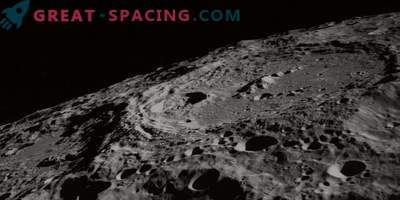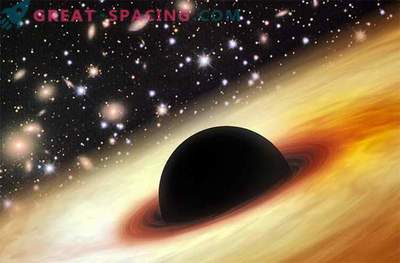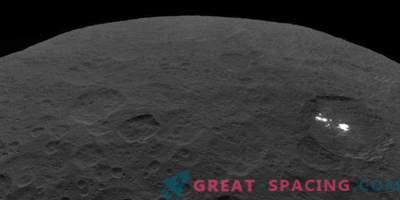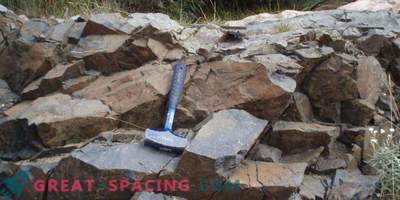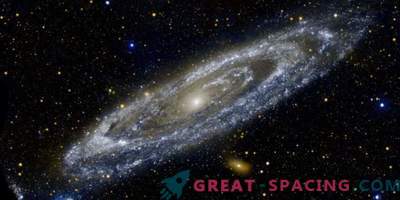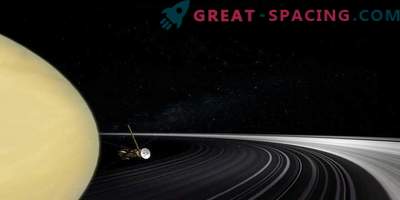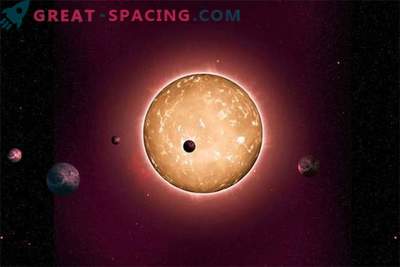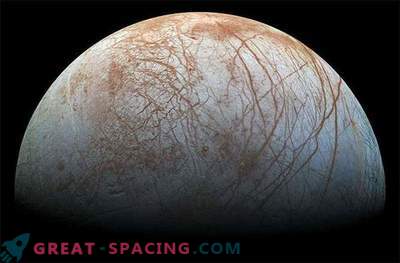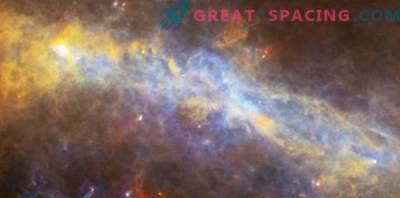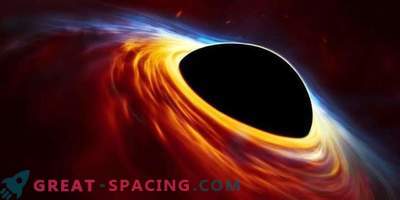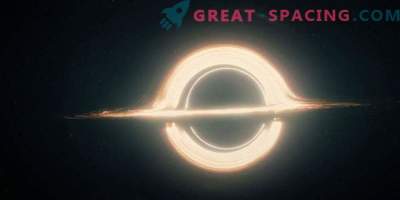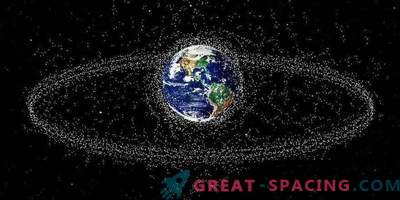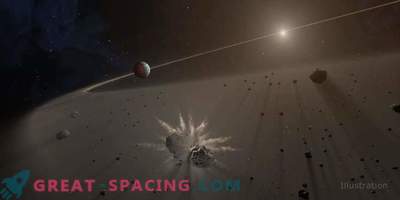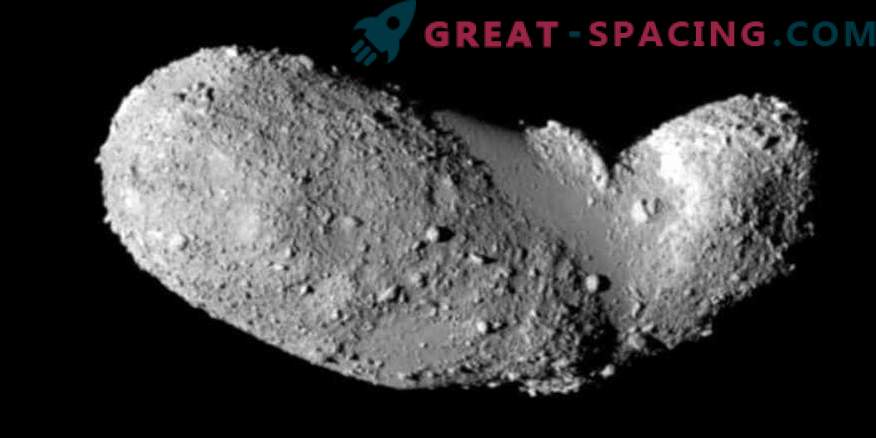
It is important for researchers to understand the origin and time evolution of near-Earth asteroids, as they represent a potential danger to our planet. But still remains a mystery process and the exact time of their formation.
Japanese scientists decided to investigate this matter by examining the particles obtained from the Hayabus' spacecraft from the Itokok asteroid. It turned out that the object appeared about 4.6 billion years ago, when the Solar System was born, and collapsed from a collision with another asteroid 1.5 billion years ago.
Focusing on several micrometers of phosphate minerals, rarely found in Itokawa particles, the scientists performed accurate isotope analyzes of uranium (U) and lead (Pb) in particles with a diameter of 50 microns. For this purpose, mass spectrometry of secondary ions (SISM) was used.
Combining the two U-decay series, 238U-206Pb (with a half-life of 4.47 billion years) and 235U-207Pb (700 million years), it turned out that phosphate minerals crystallized in the era of thermal metamorphism (4.64 ± 0.18 billion years ago) Itokava's maternal body, experiencing shock metamorphism due to a catastrophic impact with another body 1.51 ± 0.85 billion years ago.
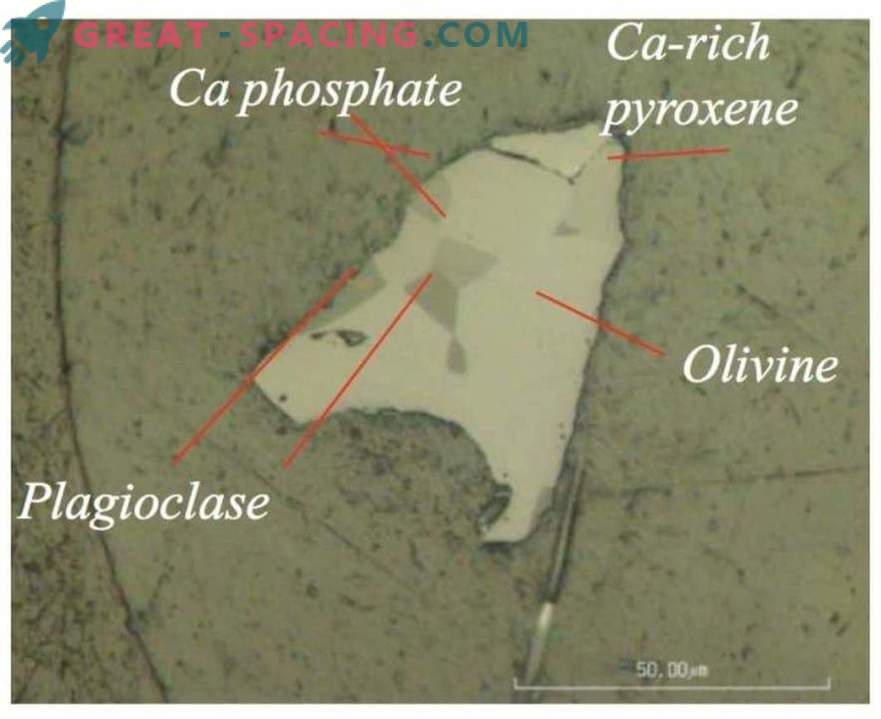
Cross-sectional area of a particle extracted from the Itokawa asteroid by the Hayabusa spacecraft
It has been reported that mineralogy and geochemistry of particles resemble LL chondrite minerals, which often fall to Earth. But the impact period obtained in the study (1.5 billion years ago) differs from the previously recorded shock ages of LL chondrites (4.2 billion years ago). This suggests that the time evolution of Itokawa differs from the evolution of the parent body of chondrites LL.
The researchers were able to set limits on the time frame of the first samples collected from the asteroid, providing specific figures (absolute age) of the evolution of near-Earth asteroids, whose orbits are well known. This will allow further understanding of the origins and history of asteroids.
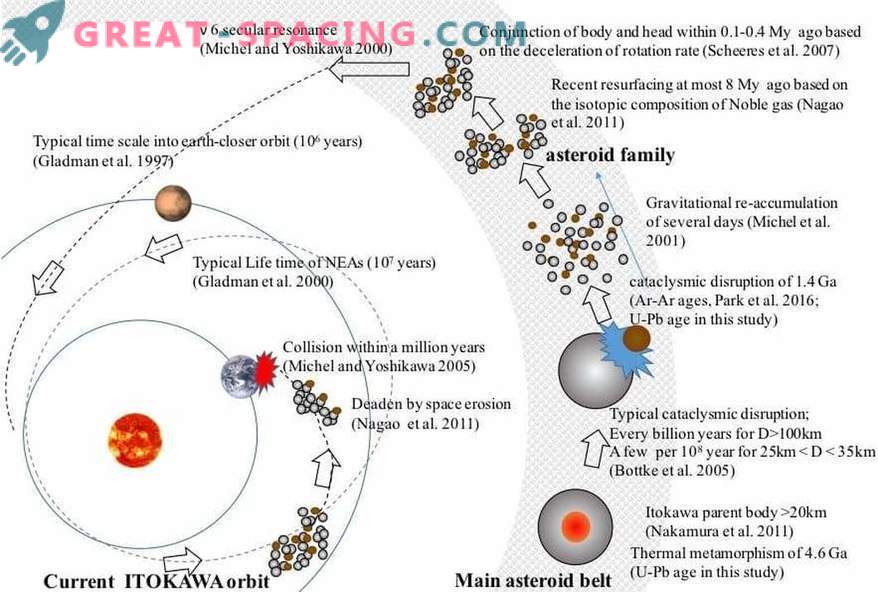
Time evolution of Itokawa asteroid

